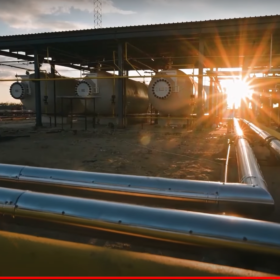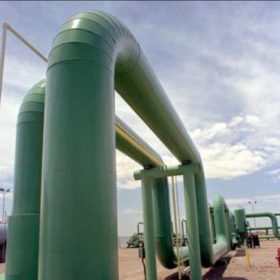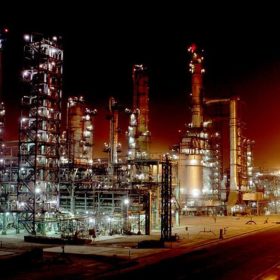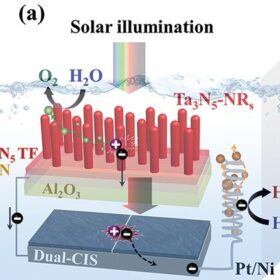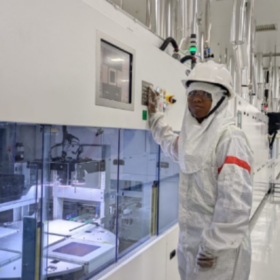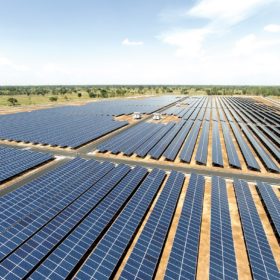Green hydrogen to become primary fuel for steelmaking in India only by 2050
The steel industry in India will replace around 25-30% of its grey hydrogen requirements with green hydrogen in the early part of the 2030-50 period. This will increase to 80% by 2050, says a new report by the Institute for Energy Economics and Financial Analysis (IEEFA) and JMK Research & Analytics.
PHDCCI makes recommendations for fast-tracking India’s National Green Hydrogen Mission
The PHD Chamber of Commerce and Industry (PHDCCI) has recommended nil import duty for electrolyzers until 2030 and zero goods and services tax (GST) for green hydrogen/ammonia. It has also proposed the inclusion of green hydrogen derivatives in the list of activities eligible for carbon credit trading, among other suggestions.
Adani Group forms JV for marketing of green hydrogen in Japanese market
Adani New Industries Ltd (ANIL), an arm of Adani Group, expects to start green hydrogen production from its Gujarat facility by FY 2027.
NTPC, Nayara Energy sign MoU on green hydrogen production
NTPC Green Energy Ltd (NGEL) will collaborate with Nayara Energy, an oil refining and marketing company, to produce green hydrogen for Nayara Energy’s captive usage.
Brazil could produce green hydrogen for $2.87/kg, says consultancy
Sao Paulo-based Clean Energy Latin America says green hydrogen could be produced in Brazil at a levelized cost of hydrogen (LCoH) of $2.87 and $3.56 per kg in some strategic locations.
Avaada Group to set up green hydrogen, ammonia plant in Odisha
Avaada Group has signed a Memorandum of Understanding (MoU) with Tata Steel Special Economic Zone Ltd to establish a green hydrogen and ammonia production unit at Gopalpur Industrial Park in Odisha
NTPC, OIL sign MoU for renewable energy and green hydrogen
NTPC and Oil India Ltd have signed a Memorandum of Understanding to explore collaboration in renewable energy, green hydrogen and other areas as they eye increased footprint in the renewable energy domain.
Indian Oil invites bids for 10 ktpa green hydrogen generation unit
Indian Oil Corp. Ltd has invited global bids to set up a water electrolysis-based green hydrogen generation unit on a build-own-operate-transfer (BOOT) basis at its Panipat refinery petrochemical complex.
Technip Energies, IIT Madras collaborate on energy research
Technip Energies has joined hands with The Energy Consortium at the IIT Madras to develop new technologies in the energy segment.
The Hydrogen Stream: Water splitting with solar-to-hydrogen efficiency of 12%
A Japanese team is working on a solar water splitting system with a 12% solar-to-hydrogen efficiency, while UK researchers have identified the reason why graphene’s dense crystalline structure is much more permeable to protons.

